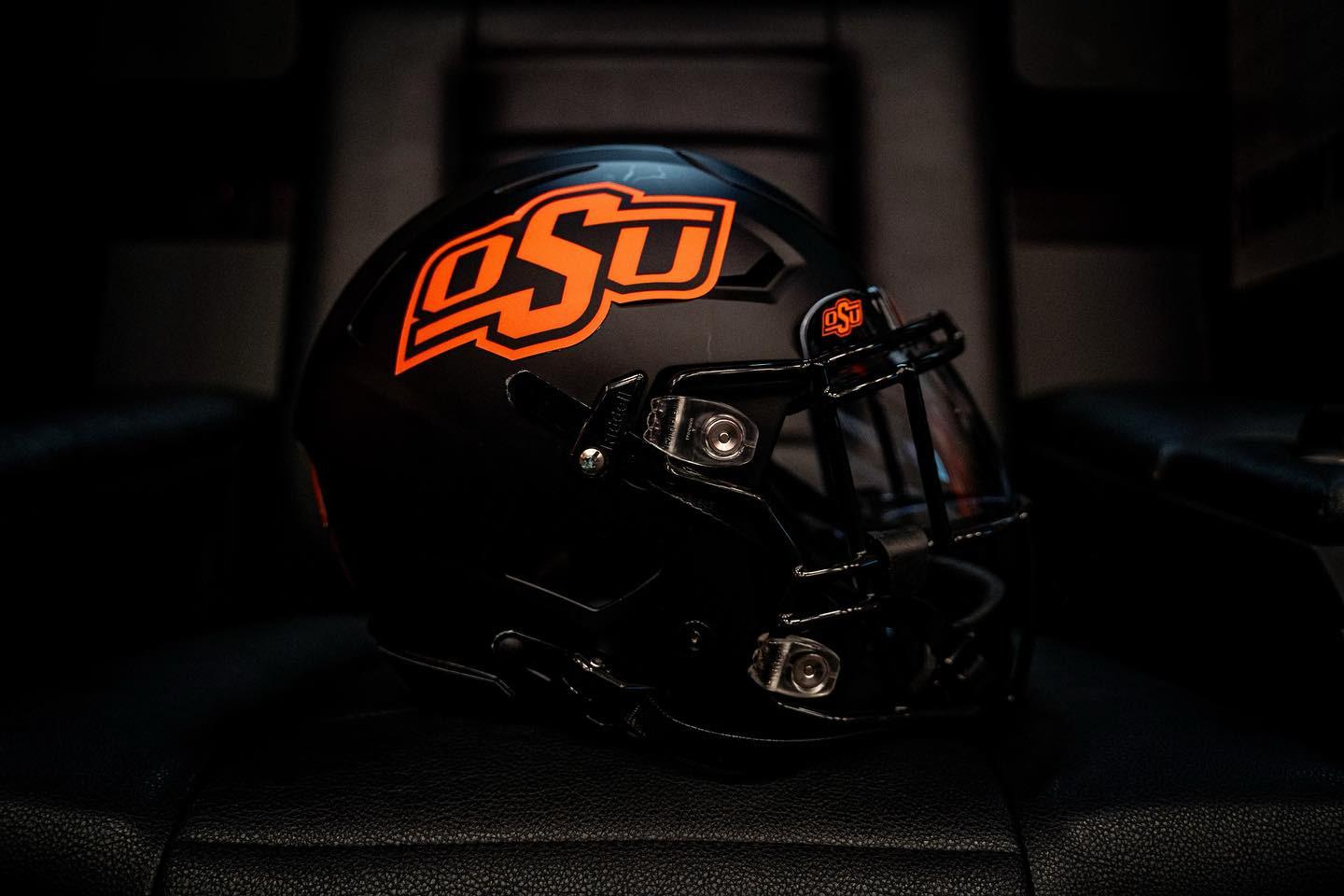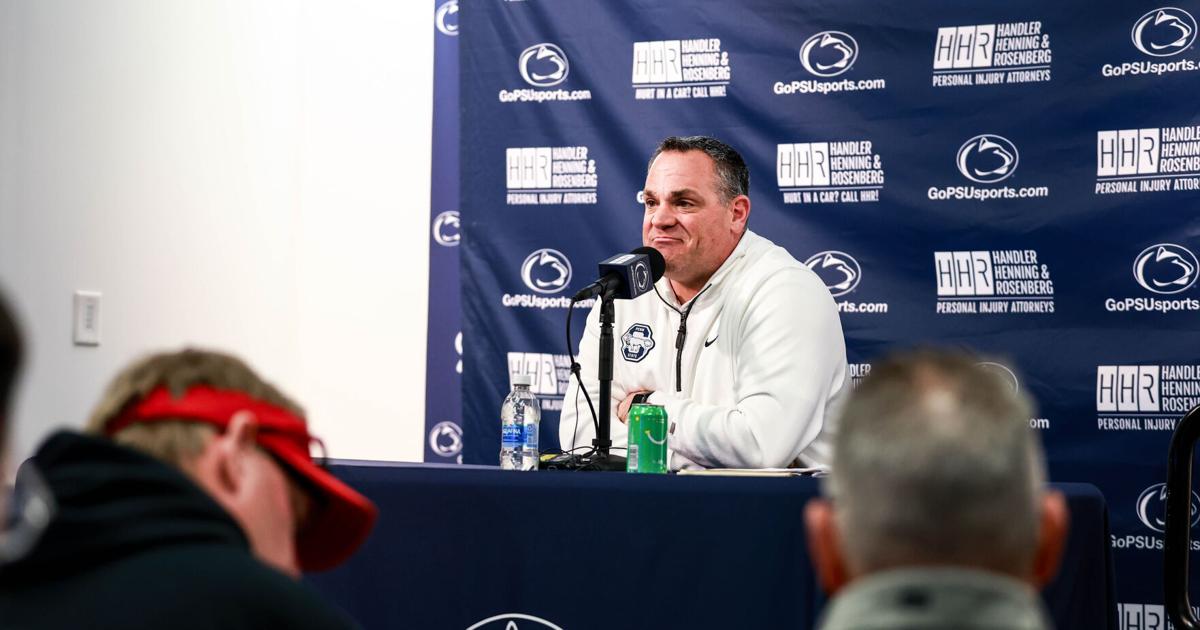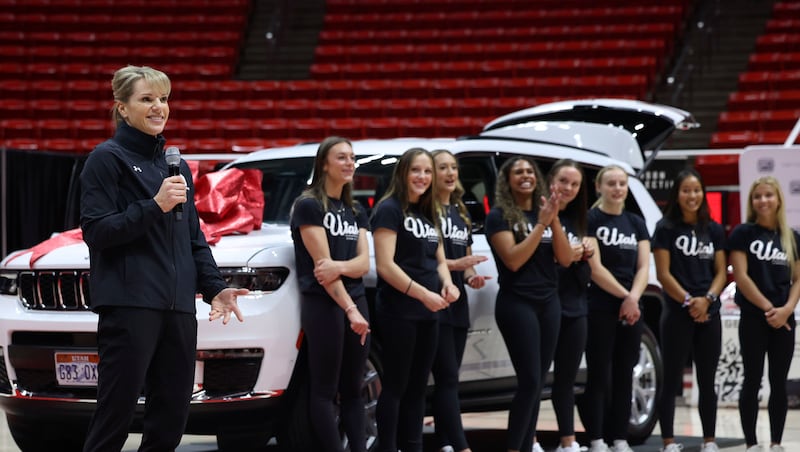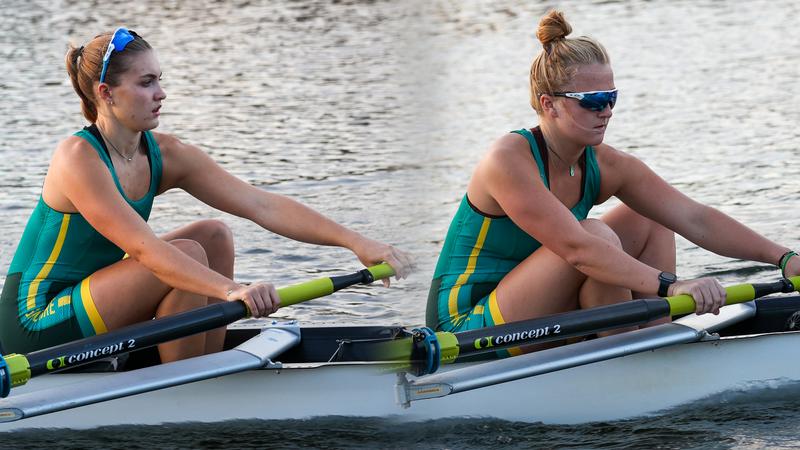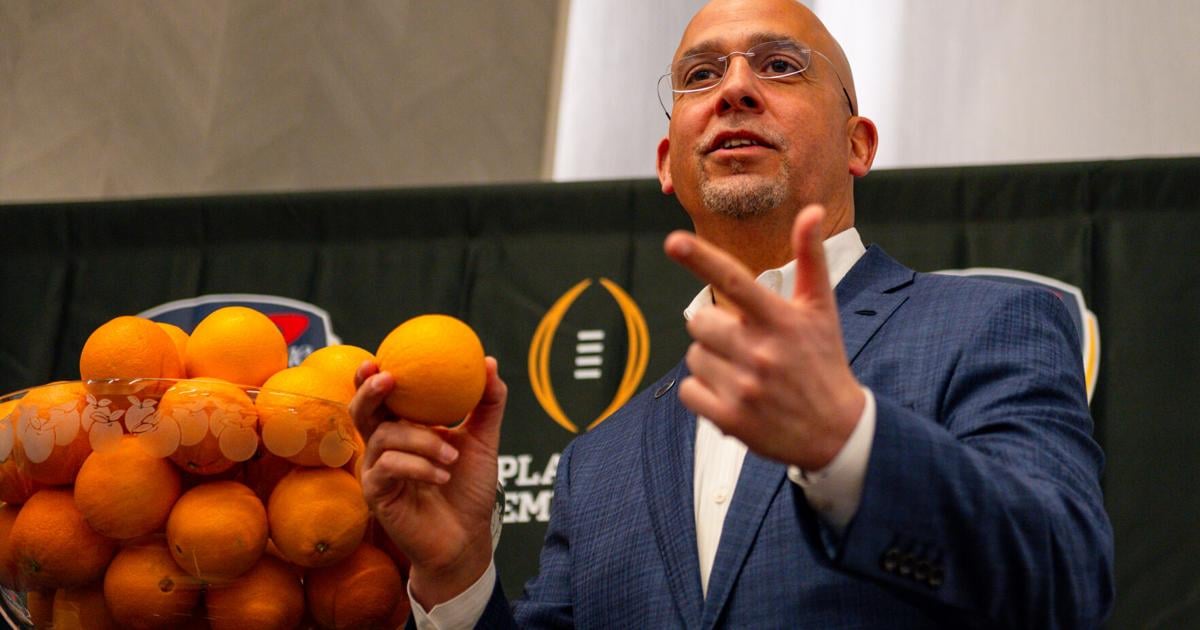Friday night was monumental for college athletics. California Judge Claudia Wilken approved the $2.8 billion House v. NCAA settlement — an agreement that was a long time coming after nearly a year of deliberation and months of waiting for approval.
The decision means Division I schools can now pay their athletes directly, while new scholarship and roster limits will be effective July 1. A salary cap will also be in place, which is estimated to begin at $20.5 million per school in 2025-26.
Additionally, the NCAA will pay back $2.8 billion in damages across the next decade at approximately $280 million annually to all D1 athletes who participated between 2016 and 2024.
Revenue sharing
Most athletic programs, including Penn State, plan to use the majority of the revenue-sharing money on football, but every other team is also set to receive investment from the Nittany Lions in this new era of college athletics.
Per NIL-NCAA, it’s been estimated that Penn State will spend 91% of that $20.5 million on football and men’s basketball. Men’s hockey comes in third with an estimated $394,839 available to pay its athletes, then wrestling with $310,241.
Women’s hockey and women’s volleyball are expected to receive $83,794 and $79,371 respectively, while women’s basketball is estimated to have $63,218 to pay its athletes. Men’s tennis is set to receive the least amount with just $15,064, an average of $1,674 per player.
Women’s soccer will receive $61,440 with the men getting $39,825. Baseball has $53,323 to use, while softball is estimated to have $47,991. In short, each sport at Penn State is getting some sum of money to share among its athletes.
It’s worth noting that these estimates assume “each school limits total revenue sharing to 22% of its annual athletic department revenues – this is the percentage utilized in the proposed settlement in House v NCAA.
This money is on top of scholarship earnings and separate from NIL money, which will now have to be reported through the new NIL Go portal. The portal will be run by Deloitte with the purpose of reviewing all third-party NIL deals worth $600 or more in aggregate to ensure deals are made at fair market value.
Roster limits
While the settlement eliminates scholarship limits, it adds roster limits, meaning each team will have to decrease the number of players on its roster. This change allows any athletes on the team to receive scholarship aid, allowing teams to offer a scholarship to each player up to the roster limits.
Men’s basketball is limited to 15 athletes, while the women are capped at 14. Baseball has a limit of 34, and men’s and women’s lacrosse are capped at 48 and 35, respectively.
Women’s volleyball is allowed 15 roster spots, men’s hockey has 26 and women’s hockey is capped at 23. How the revenue sharing allocated to each team is split among the roster is up to the discretion of the program.
There are rules to “grandfather” in the roster limits, which Judge Wilken requested when she paused the implementation of the settlement.
The final ruling reads: “…the parties modified the [settlement agreement] to provide that settlement class members whose roster spots were taken away or would have been taken away because of the immediate implementation of the SA will be exempt from roster limits at any Division I school for the duration of their college athletics careers.”
In short, those who would’ve been cut because of the new roster limits will instead have the opportunity to play out the rest of their collegiate eligibility.
Penn State will have until June 15 to fully commit to revenue sharing and will have to “designate” athletes it wants grandfathered in. Fall sports must have its roster cut down to its new limit by its first game of the 2025 season, with the exception of the designated athletes. Winter and spring sports must do the same by Dec. 1.
MORE SPORTS CONTENT

After nearly a year of deliberation, a new era of college sports is here.

